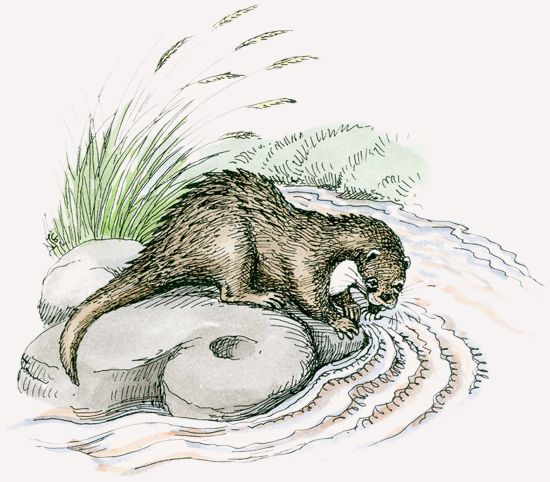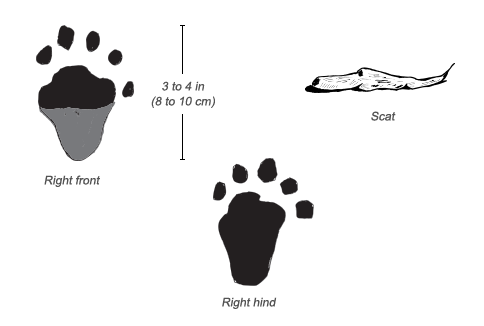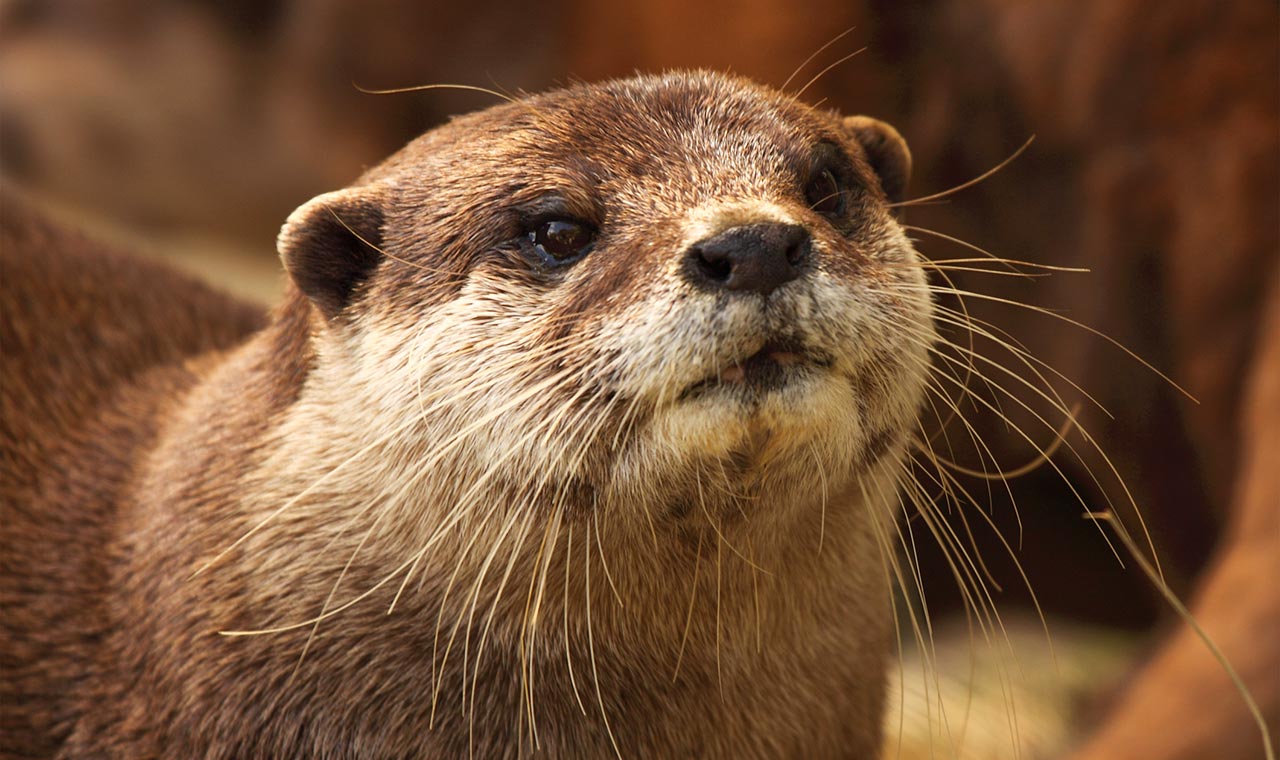Social Structure
Although they occasionally range in pairs or small family groups, African clawless otters generally lead solitary lives. Females occupy territorial home ranges, whereas males have home ranges that overlap with those of other males and females. In freshwater, territory size ranges from 3 to 34 miles (4.9 to 54.1 km) along a water source.
Communication
African clawless otters communicate with squeaks. They also growl, whine, chirp, and hiss. When alarmed, they produce a quick hah sound, then disappear beneath the water.
Behavior
Daily behavior depends on whether these otters live in freshwater or close to saltwater. In marine environments, African clawless otters are most active in the evening; in freshwater, activity centers around dawn and dusk. During the day, they rest in dry places, such as under rocks, in erosion gullies, in dense vegetation, or in burrows. African clawless otters spend a good deal of time playing with each other and with inanimate objects.
Conservation
Human population growth and the increasing pollution of water sources from agricultural runoff are the biggest threats to African clawless otter populations. They are hunted for their pelts and persecuted as thieves by farmers and in fishing areas, where they can become caught in nets and traps.





